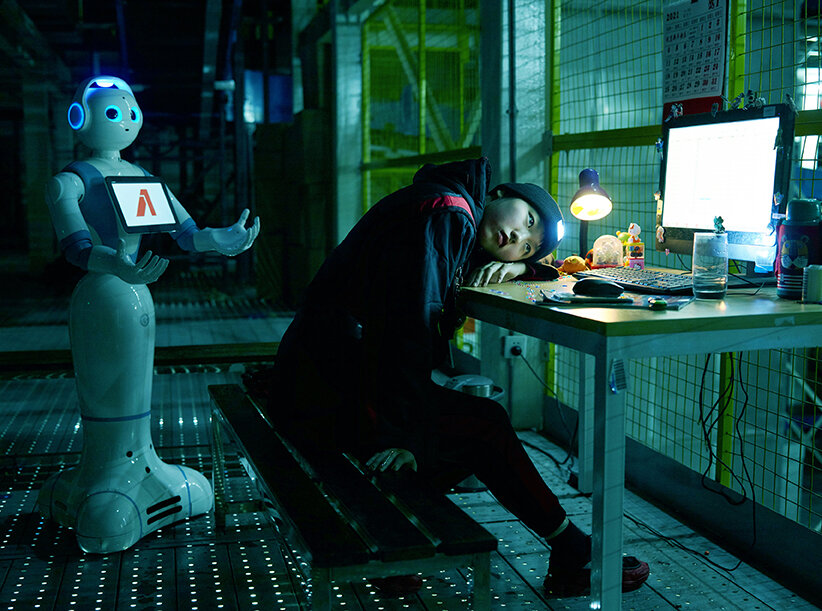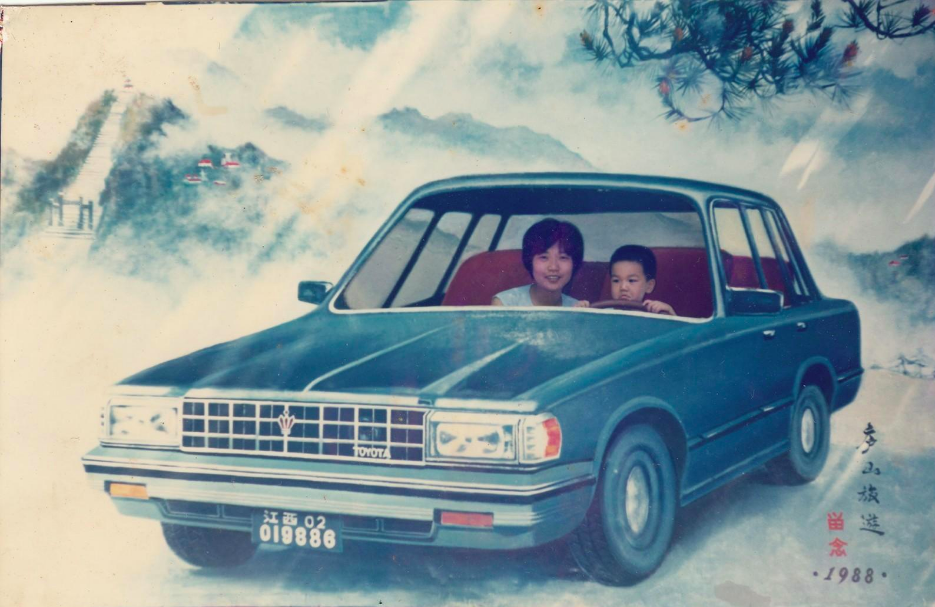DoorZine: In your work, you have your hands on a large range of materials including video, installation, performance and digital media. In that way, you seem to be blurring the boundaries that are usually drawn between different types of art, and creating a connection and discussion between genres. Were you always interested in working with such diverse equipment?
I believe different kinds of feelings have to find their own media. I like to embody the richness of a topic and express it in a range of ways. I try to combine different possibilities under one conceptual umbrella, using various objects and their corresponding medias. As you never know what kind of chemical reactions these various objects will produce, it’s exciting. However, I care more about feelings than I do about means of expression. The media always comes second. Feelings come first. It is feelings that give birth to projects. Projects express feelings, whether they concern people, things, time, or history.
DoorZine: The common ground in most of your work is the interest in the changing, mobile urban and social landscape in today’s China, and the way this influences the life of China’s youth, along with the evolution of digital networks and virtual environments. How do you get inspired ? What do you think of the rise and the generalization of these virtual tools ?
I think China’s youth are just one of the concerns in my varied creative career. Up until now, I still see that many still refer to me as a “young artist” rather than an artist. Of course, I enjoy being called young, but I don’t like being reduced to this title, because I can’t keep on representing all young people and their culture.
I am sensible, rational, without plan, and, at the same time, capable of making a plan. People can be relaxed and nervous at the same time. I have always said that my inspiration can come from anywhere, from all kind of possibilities, but I can probably summarize it in a few key words which are inseparable from it: phenomenological, changing, group, big picture, emotional…
Virtual tools, innovative media, are not to be messed with. These tools have the power to change how we express ourselves, not only on an artistic level, but also in the way we perceive and access information, and in the way we evaluate participation in the world.
DoorZine: Your work has been shown in China and all over the world. Are there any differences that struck you between the Chinese audience’s reception and the Western audience’s reception of your art?
Generally, Western audiences are highly educated. They are more willing to consider the intrinsic nature of art. Whichever industry they come from or work for, they can see that art pertains to thought and spirit. They are willing to understand the world and its different cultures through art. In China, there has been a long-term lack of attention and education in art, especially contemporary art. Therefore, when Chinese audiences hear the word “art”, they may not get it. In the same way, younger generations want to learn more, because they have obtained a certain perception of contemporary culture and art online, or returned from studying abroad. For the sake of art, I do hope this trend will continue.









